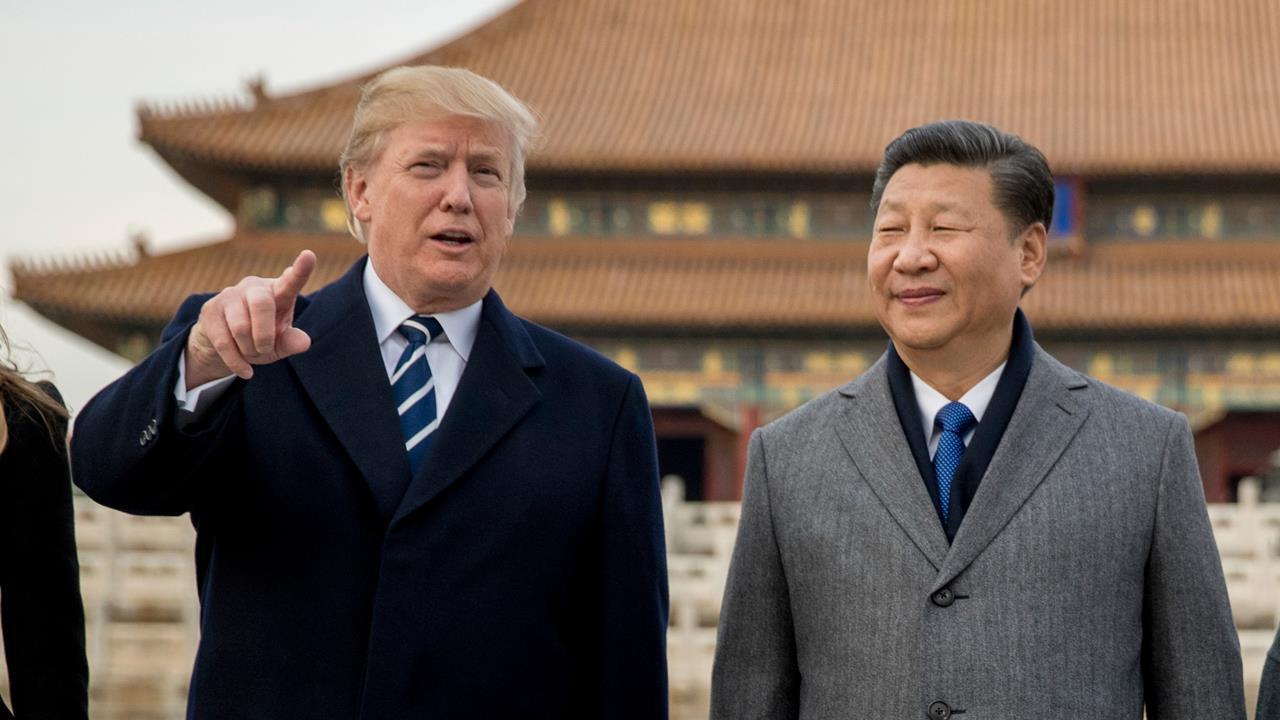China’s central bank moves to calm investors
China’s central bank on Tuesday injected liquidity into its financial system, lending $31 billion through its medium-term lending facility (MLF) to financial institutions, a move that is seen as confirmation that the country’s government is concerned about the potential economic fallout from the trade tension with the U.S.
The U.S. and China have been in a tit-for-tat trade war since Friday when Trump announced $50 billion worth of tariffs on Chinese goods, China retaliated and then the U.S. threated another round of tariffs on $200 billion worth of goods.
Tariffs have long been a conversation from the Trump administration. Back in March, it applied tariffs on steel and aluminum imports.
Global stock markets have had a negative response to tariffs, but U.S. equities have held up far better than those in China. As previously reported by FOX Business, China’s benchmark Shanghai Composite Index tumbled 4% to a 2-year low on Tuesday, putting it down 18.3% from its recent closing high – very near a 20% drop that would signal a bear market. The Shanghai Composite Index added 0.3% on Wednesday.
Last week, The People’s Bank of China (PBOC) unexpectedly left borrowing costs for interbank loans unchanged whereas the U.S. Federal Reserve increased its rates. Analysts expect the PBOC to track the Fed’s rates to keep the spread between Chinese and U.S. yields stable.
Commenting on the latest liquidity injection, Tommy Xie, Head of Greater China research at OCBC Bank, told Reuters, that the MLF injection was probably “part of the package” of measures to counteract the potential fallout from the trade conflict.
The last PBOC fund injection through MLFs was on June 6, when the central bank lent 463 billion yuan to financial institutions as 259.5 billion yuan worth of MLF loans came due.
